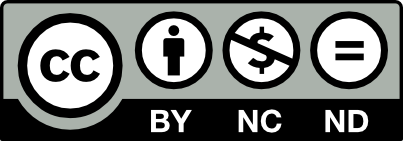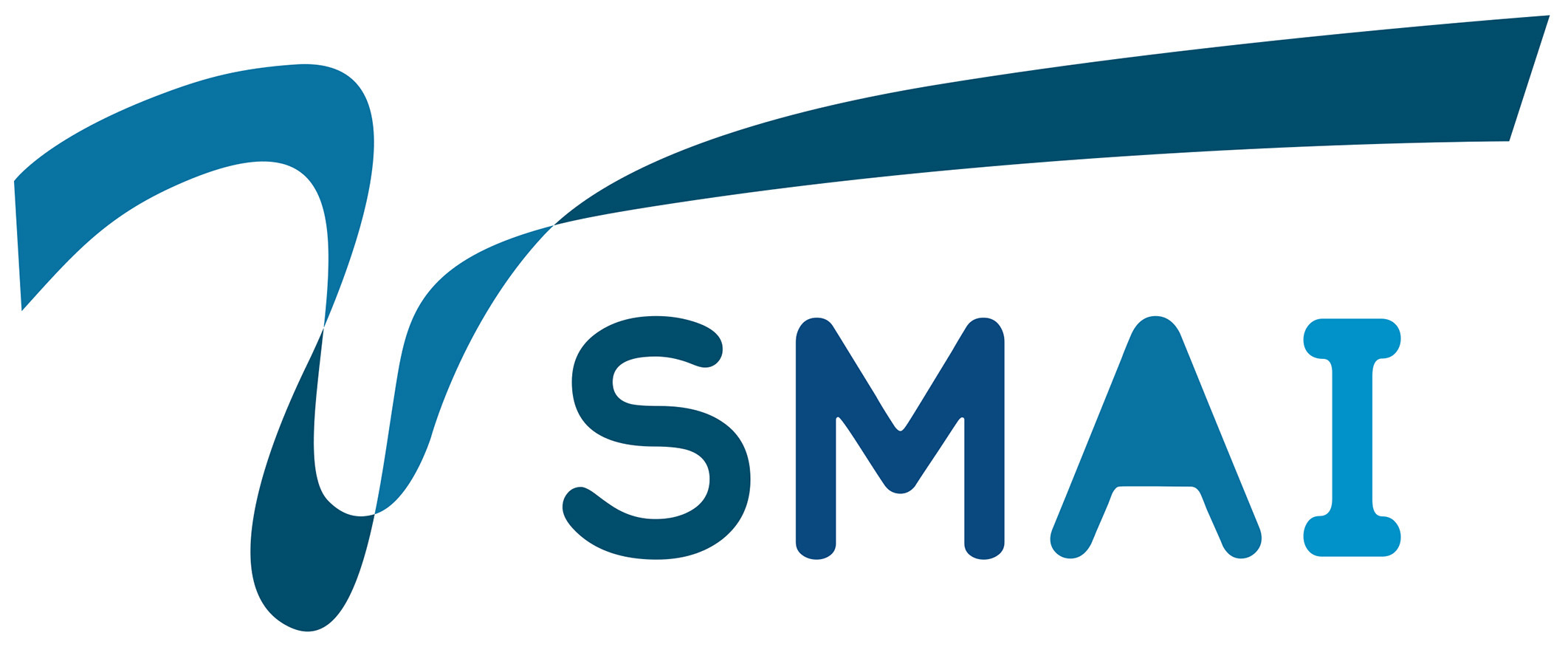The use of a reference element on which a finite element basis is constructed once and mapped to each cell in a mesh greatly expedites the structure and efficiency of finite element codes. However, many famous finite elements such as Hermite, Morley, Argyris, and Bell, do not possess the kind of equivalence needed to work with a reference element in the standard way. This paper gives a generalized approach to mapping bases for such finite elements by means of studying relationships between the finite element nodes under push-forward.
This approach, developed through a sequence of examples of increasing complexity, requires one to study the relationship between the function space and degrees of freedom, or nodes, on a generic cell and the transformation of the corresponding entities on a reference cell. When the function space is preserved under mapping, one must be able to express the pushed-forward finite element nodes as linear combinations of the reference element finite element nodes. The transpose of this linear transformation maps the pull-back of the reference element basis functions to the desired finite element basis functions. Generically, developing this transformation for elements such as Morley and Hermite involves completing the set of finite element nodes, although the process is simplified in concrete ways when the finite elements form affine- or affine-interpolation equivalent families such as Lagrange or Hermite. When the finite element function space is not preserved under the pull-back, such as in the case of the Bell element, one applies the theory to an enriched finite element with a larger (but preserved) function space and additional nodes.
DOI: 10.5802/smai-jcm.33
Keywords: Finite element method, basis function, pull-back
Robert C. Kirby 1
 CC-BY-NC-ND 4.0
CC-BY-NC-ND 4.0
@article{SMAI-JCM_2018__4__197_0,
author = {Robert C. Kirby},
title = {A general approach to transforming finite elements},
journal = {The SMAI Journal of computational mathematics},
pages = {197--224},
publisher = {Soci\'et\'e de Math\'ematiques Appliqu\'ees et Industrielles},
volume = {4},
year = {2018},
doi = {10.5802/smai-jcm.33},
zbl = {1416.65456},
mrnumber = {3796943},
language = {en},
url = {https://smai-jcm.centre-mersenne.org/articles/10.5802/smai-jcm.33/}
}
TY - JOUR AU - Robert C. Kirby TI - A general approach to transforming finite elements JO - The SMAI Journal of computational mathematics PY - 2018 SP - 197 EP - 224 VL - 4 PB - Société de Mathématiques Appliquées et Industrielles UR - https://smai-jcm.centre-mersenne.org/articles/10.5802/smai-jcm.33/ DO - 10.5802/smai-jcm.33 LA - en ID - SMAI-JCM_2018__4__197_0 ER -
%0 Journal Article %A Robert C. Kirby %T A general approach to transforming finite elements %J The SMAI Journal of computational mathematics %D 2018 %P 197-224 %V 4 %I Société de Mathématiques Appliquées et Industrielles %U https://smai-jcm.centre-mersenne.org/articles/10.5802/smai-jcm.33/ %R 10.5802/smai-jcm.33 %G en %F SMAI-JCM_2018__4__197_0
Robert C. Kirby. A general approach to transforming finite elements. The SMAI Journal of computational mathematics, Volume 4 (2018), pp. 197-224. doi : 10.5802/smai-jcm.33. https://smai-jcm.centre-mersenne.org/articles/10.5802/smai-jcm.33/
[1] Bernstein-Bézier finite elements of arbitrary order and optimal assembly procedures, SIAM Journal on Scientific Computing, Volume 33 (2011) no. 6, pp. 3087-3109 | DOI | Zbl
[2] Unified Form Language: A domain-specific language for weak formulations of partial differential equations, ACM Transactions on Mathematical Software, Volume 40 (2014) no. 2, 9 pages | MR | Zbl
[3] The TUBA family of plate elements for the matrix displacement method, Aeronautical Journal, Volume 72 (1968), pp. 701-709 | DOI
[4] deal.II — a General Purpose Object Oriented Finite Element Library, ACM Trans. Math. Softw., Volume 33 (2007) no. 4 | DOI | MR | Zbl
[5] A refined triangular plate bending finite element, International Journal for Numerical Methods in Engineering, Volume 1 (1969) no. 1, pp. 101-122 | DOI
[6] Finite Element Methods for Thin Shell Problems, Wiley, 1996 | Zbl
[7] MODULEF: une bibliothèque modulaire d’éléments finis, France. Inst. Nat. Rech. Inform. Autom., 1985
[8] Solving PDEs with Intrepid, Scientific Programming, Volume 20 (2012) no. 2, pp. 151-180 | DOI
[9] Bounds for a class of linear functionals with applications to Hermite interpolation, Numerische Mathematik, Volume 16 (1971) no. 4, pp. 362-369 | DOI | MR | Zbl
[10] The mathematical theory of finite element methods, Texts in Applied Mathematics, 15, Springer, New York, 2008, xviii+397 pages | MR | Zbl
[11] Two families of mixed finite elements for second order elliptic problems, Numerische Mathematik, Volume 47 (1985) no. 2, pp. 217-235 | DOI | MR | Zbl
[12] The finite element method for elliptic problems, North-Holland, 1978 | Zbl
[13] General Lagrange and Hermite interpolation in with applications to finite element methods, Archive for Rational Mechanics and Analysis, Volume 46 (1972) no. 3, pp. 177-199 | DOI | MR | Zbl
[14] Parallel distributed computing using Python, Advances in Water Resources, Volume 34 (2011) no. 9, pp. 1124-1139 (New Computational Methods and Software Tools) | DOI
[15] Mathematical Analysis and Numerical Methods for Science and Technology, 4: Integral Equations and Numerical Methods, Springer-Verlag, 2012
[16] Algorithm 884: A simple Matlab implementation of the Argyris element, ACM Transactions on Mathematical Software (TOMS), Volume 35 (2008) no. 2, 16 pages | MR
[17] Polynomial approximation of functions in Sobolev spaces, Mathematics of Computation, Volume 34 (1980), pp. 441-463 | DOI | MR | Zbl
[18] Continuous/discontinuous finite element approximations of fourth-order elliptic problems in structural and continuum mechanics with applications to thin beams and plates, and strain gradient elasticity, Computer Methods in Applied Mechanics and Engineering, Volume 191 (2002) no. 34, pp. 3669-3750 | DOI | MR | Zbl
[19] Mixed and hybrid finite element methods, Springer, 1991 | Zbl
[20] Nodal discontinuous Galerkin methods: Algorithms, analysis and applications, Springer Texts in Applied Mathematics, 54, Springer-Verlag, 2008 | Zbl
[21] TSFC: a structure-preserving form compiler (2017) (https://arxiv.org/abs/1705.03667) | Zbl
[22] A triangular finite element with first-derivative continuity applied to fusion MHD applications, Journal of Computational Physics, Volume 200 (2004) no. 1, pp. 133-152 | DOI | Zbl
[23] SciPy: Open source scientific tools for Python (2001) (http://www. scipy. org/)
[24] FIAT: A New Paradigm for Computing Finite Element Basis Functions, ACM Trans. Math. Software, Volume 30 (2004), pp. 502-516 | DOI | MR | Zbl
[25] Fast simplicial finite element algorithms using Bernstein polynomials, Numerische Mathematik, Volume 117 (2011) no. 4, pp. 631-652 | DOI | MR | Zbl
[26] A Compiler for Variational Forms, ACM Transactions on Mathematical Software, Volume 32 (2006) no. 3 | DOI | MR | Zbl
[27] Automated Solution of Differential Equations by the Finite Element Method, Springer, 2012 | DOI | Zbl
[28] Unified embedded parallel finite element computations via software-based Fréchet differentiation, SIAM Journal on Scientific Computing, Volume 32 (2010) no. 6, pp. 3323-3351 | DOI | Zbl
[29] COFFEE: an Optimizing Compiler for Finite Element Local Assembly (2014) (https://arxiv.org/abs/1407.0904)
[30] A robust finite element method for Darcy–Stokes flow, SIAM Journal on Numerical Analysis, Volume 40 (2002) no. 5, pp. 1605-1631 | DOI | MR | Zbl
[31] The constant-moment plate-bending element, The Journal of Strain Analysis for Engineering Design, Volume 6 (1971) no. 1, pp. 20-24 | DOI
[32] , ESAIM: Proceedings, Volume 38 (2012), pp. 429-455 | DOI | MR | Zbl
[33] Firedrake: automating the finite element method by composing abstractions, ACM Transactions on Mathematical Software (TOMS), Volume 43 (2016) no. 3, 24 pages | MR | Zbl
[34] Efficient Assembly of and Conforming Finite Elements, SIAM Journal on Scientific Computing, Volume 31 (2009) no. 6, pp. 4130-4151 | DOI | MR | Zbl
[35] A discontinuous Galerkin formulation for Kirchhoff plates, Computer Methods in Applied Mechanics and Engineering, Volume 196 (2007) no. 35, pp. 3370-3380 | DOI | MR | Zbl
Cited by Sources:

